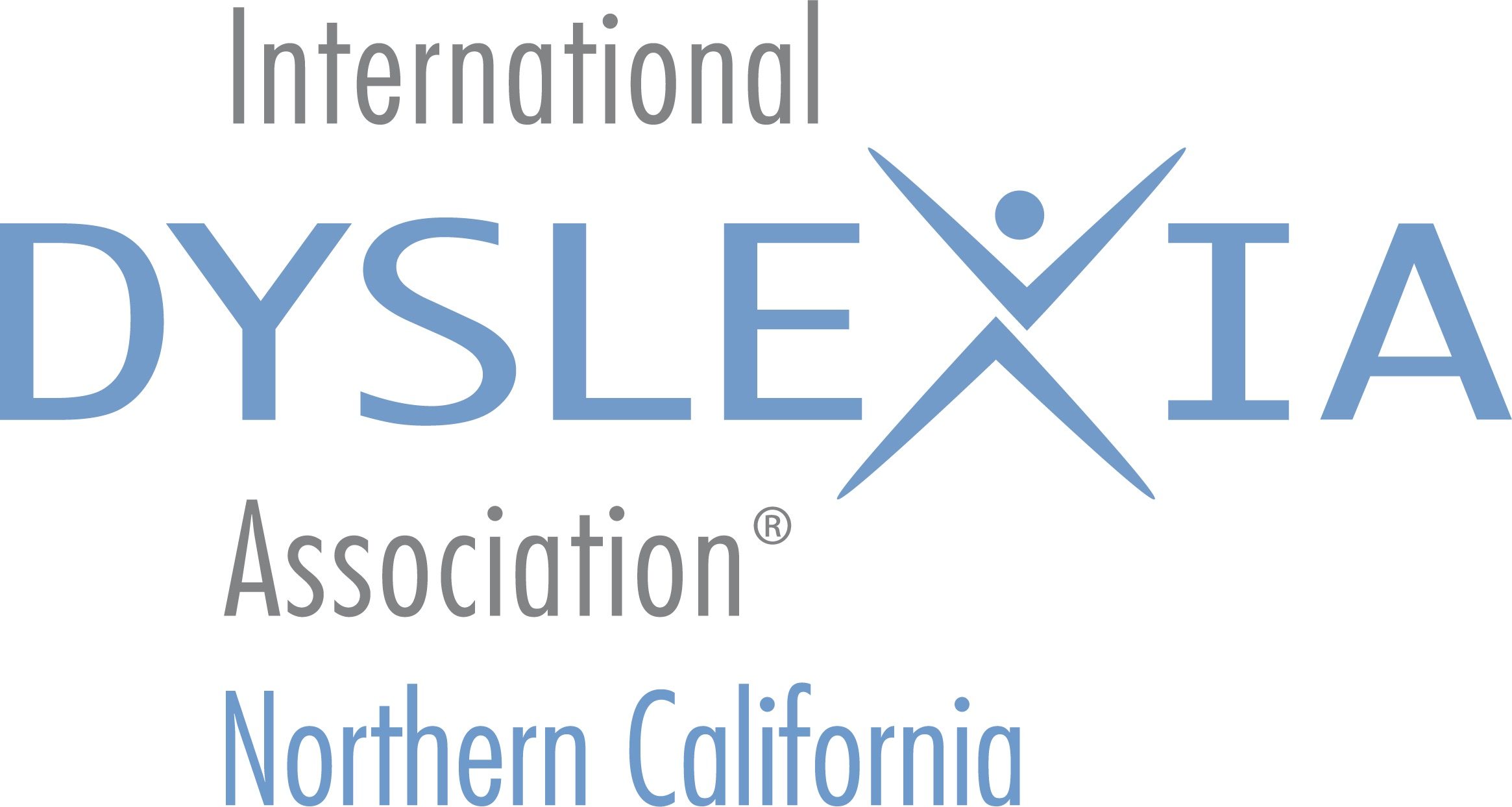2013 FALL EDITION NEWSLETTER
by Nancy Redding, M.Ed.
“In our school district, we do not use the term dyslexia, only reading disability.”
“There is no such thing as dyslexia.”
“Dyslexia is a vague term. We need a more specific diagnosis.”
Ever heard any of these quotes? Chances are, if you are a person with dyslexia or a parent of a child with dyslexia, you have heard one or more of these phrases. In reading the article about Molly in this issue, I cannot help but be struck by the resistance of her teacher, doctor, and the resource specialist to use of the term dyslexia. Why is that?
There are several reasons that teachers and school districts in California do not use this term. I will explore a few of them, and counter with good reasons for schools to use the term dyslexia to adequately express the difficulties a child is having along with the strengths that are also present.
Teachers sometimes say that dyslexia is not recognized in California state law. Yet federal law, as well as California law, does recognize the term dyslexia. California AB 3040, enacted in 1990, encourages teacher training programs both for teachers in training (preservice) and practicing teachers to include “a component on the recognition of, and teaching strategies for, specific learning disabilities, including dyslexia and related disorders.”
Some teachers contend that dyslexia is a medical term, whereas doctors counter that it is an educational term. Others simply argue that there is no such thing as dyslexia. This confusion comes from a lack of training about dyslexia in teacher preparation programs. Most teacher training programs do not include course work addressing the definition of dyslexia, early symptoms, and effective remediation. Therefore, most teachers are uncomfortable with the term dyslexia and may deflect questions about the term when speaking with parents.
Additionally, some educators feel that dyslexia is a vague term. In fact, dyslexia has a very specific definition, as set out by The International Dyslexia Association, with a particular set of characteristics. It is also listed in the current Diagnostic and Statistical Manual (DSM-5) of the American Psychiatric Association as a type of specific learning disorder. Schools’ reluctance to use such terminology is most likely due to teachers not having been educated about dyslexia.
Why use the term dyslexia? The term speaks not only to the difficulties the student is experiencing, but to the strengths that often accompany this learning disorder. Dyslexia is a type of cognitive diversity. I have taught students with dyslexia for over 40 years. When I hear that term applied to a person, I might conjure up the image of a bright, articulate student—perhaps one who is a creative thinker, an artist, or a budding entrepreneur. Or I might remember the image of the seven-year-old I taught many years ago who told me, “Mrs. Redding, I am a really good reader but sometimes the words get in the way.” Yes, these students struggle with phonemic awareness, decoding, and spelling. But they are much more than their deficits, and that is why I prefer the term dyslexia to specific learning disorder, reading disorder, or disorder of written expression.
As many experts have pointed out, there is no “reading area” of the brain; instead there are several areas that work in tandem when people read. In persons with dyslexia, the brain takes a less efficient pathway when reading, and that is why reading may be a slower, more laborious activity. But this same brain may be gifted in other areas that may not show up in a primary grade classroom. That is why these students deserve to have teachers with knowledge of dyslexia along with the skills to use proven methods of teaching dyslexic students how to read.
Dyslexia is not just about reading. It is not just about spelling. It is about the way the brain processes sounds and words and often affects many aspects of learning for a student. With new methods, including functional magnetic resonance imaging (fMRI), scientists can see the differences in how the brain of a student with dyslexia responds to a reading or writing task. This once “hidden” disability has been uncovered by modern science. It is time that parents, teachers, and school districts recognize and use the term dyslexia.
Nancy Redding, M.Ed.
Nancy Redding is a learning specialist at a parochial high school in Mountain View, CA. Her background includes extensive work in the Orton-Gillingham method of reading instruction. She is a past president and current board member of NCBIDA.













